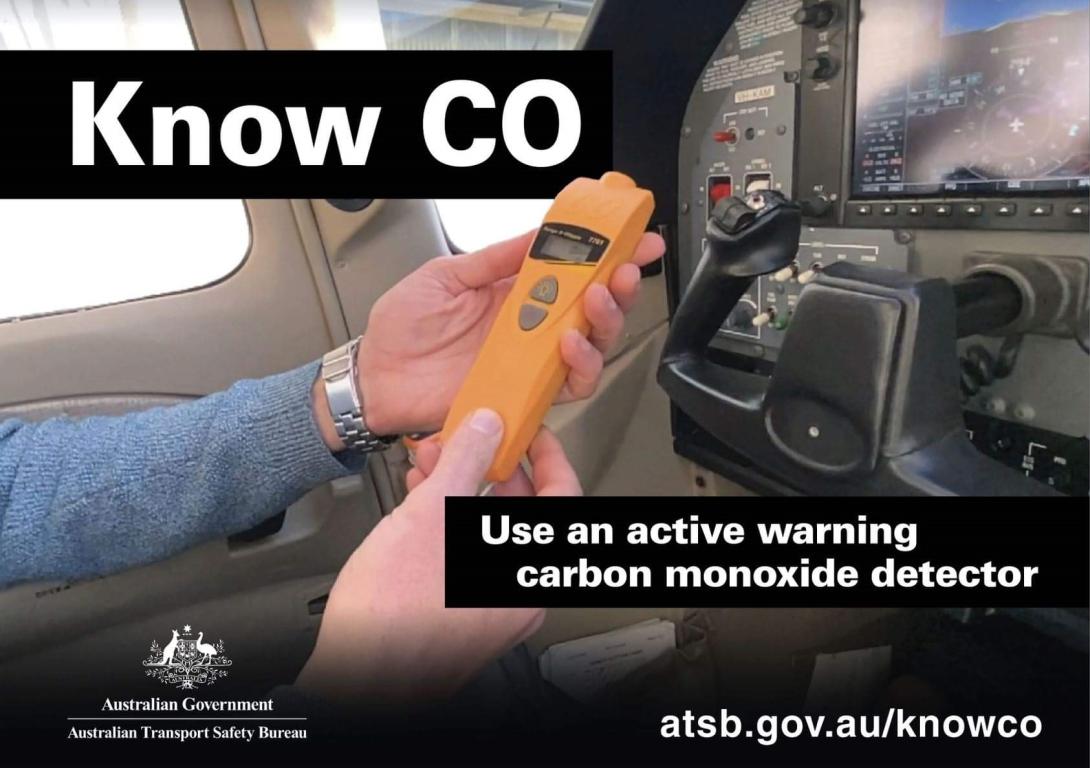
In July 2023, the UK Civil Aviation Authority (CAA) published its report into a study on how low-cost, commercial off-the-shelf, carbon monoxide CO detectors with attention-getting capabilities performed in a variety of general aviation (GA) aircraft and operating conditions.
Following a review in 2020 of accidents and incidents in the UK by the Air Accidents Investigation Board (AAIB) identifying two fatal accidents, each with two fatalities, and 15 other events where CO may have been a causal factor over a 20-year period, a trial was established to qualitatively and quantitatively study how low-cost active detectors perform in UK GA aircraft over a full flying season, to better understand pilot’s user experience of flying with these devices and to evaluate CO levels in a cross-section of the fleet.
Findings from the trial suggested the risk of CO exposure remains a persistent background threat throughout the year and is somewhat elevated during cold weather operations. Anecdotal test evidence suggested that active CO detectors designed for domestic use can function reasonably at typical recreational GA altitudes (up to 5,000 feet).
The report highlighted that while effective maintenance remains the first line of defence against CO and is the only way to avoid exposure, choosing to fly with an active CO detector is a decision pilots can make to protect themselves and their passengers from CO should maintenance fail.
With a wide range of active CO detectors on the market it has never been easier for pilots to find a device that suits their needs and budget. Active CO detectors are increasingly being built into other aviation equipment as standard, including ADS-B and headsets, making them ever more prevalent in GA aircraft. Additionally, some active CO detectors can be paired to personal electronic devices such as smartphones and smartwatches, increasing the likelihood of being alerted to elevated CO levels.
The report also highlighted the risk of CO poisoning may be known and understood by many pilots, the same cannot be said for consumers and third parties generally, who may fly in piston engine aircraft on a commercial or recreational basis. Pilots therefore should consider the significant safety benefits offered by flying with an active CO detector – it could not only save their life, but their passengers’ as well.
Read the report: CODE Trial Summary Report (caa.co.uk)
More information: Know CO: Use an active warning carbon monoxide detector | ATSB


